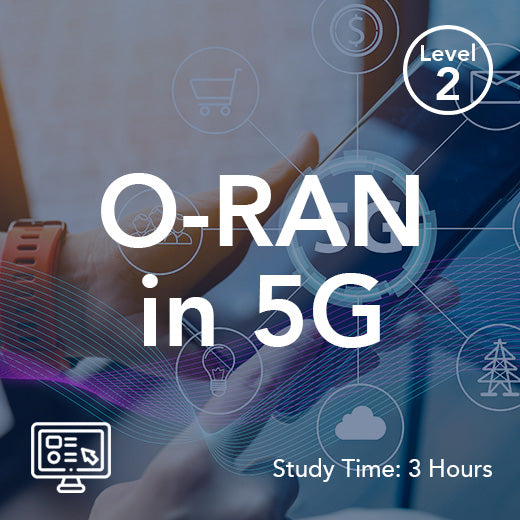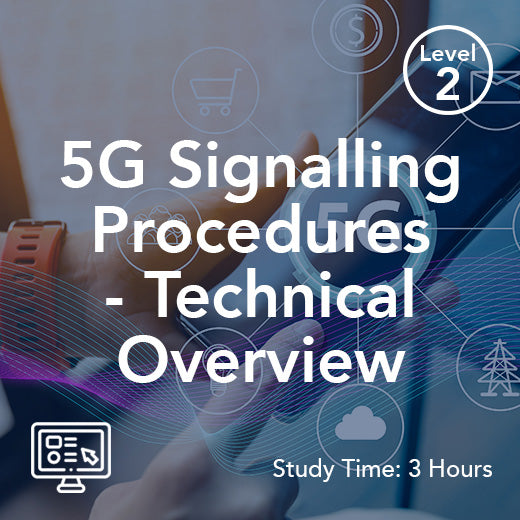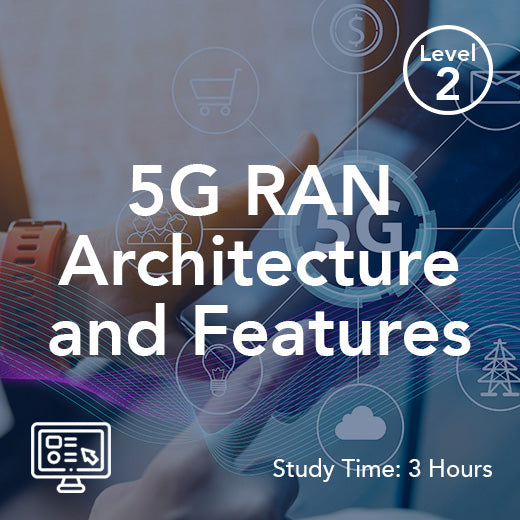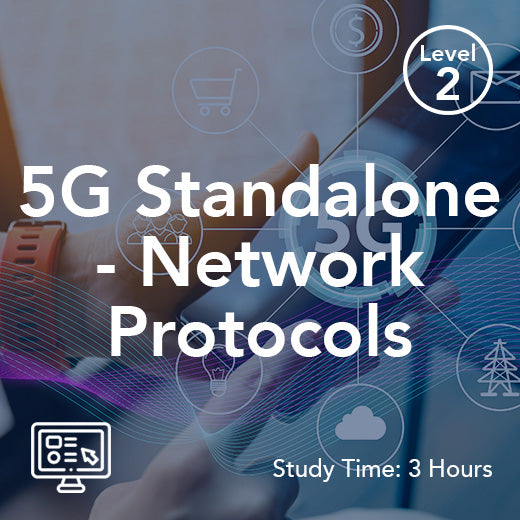Object Request Broker (ORB)
- , by Paul Waite
- 4 min reading time
The Object Request Broker (ORB) is a fundamental component in modern telecommunications systems that serves as a middleware to facilitate communication between distributed objects. In the context of the UK telecommunications industry, the ORB plays a crucial role in enabling seamless interaction between various components of a network, ensuring efficient data exchange and streamlined operations.
As the telecommunications landscape in the UK continues to evolve rapidly, with the increasing adoption of advanced technologies such as 5G, IoT, and cloud computing, the demand for robust and reliable communication infrastructure has never been higher. In this dynamic environment, the ORB emerges as a key enabler that helps telecom operators and service providers to build scalable, flexible, and interoperable systems that can meet the growing needs of customers and businesses.
By acting as a middleware layer that abstracts the complexities of communication protocols and network configurations, the ORB simplifies the development and deployment of distributed applications in the telecom sector. It provides a standardized interface for objects to interact with each other across different platforms and technologies, enabling seamless integration of diverse systems and services.
In the UK, where the telecommunications market is highly competitive and rapidly changing, the ability to adapt to new requirements and technologies is essential for companies to stay ahead of the curve. The ORB offers a versatile and extensible framework that allows telecom operators to quickly deploy new services, upgrade existing infrastructure, and scale their operations to meet the demands of a digital economy.
Moreover, the ORB plays a critical role in ensuring the security and reliability of communication networks in the UK. By providing mechanisms for authentication, encryption, and data integrity, the ORB helps to protect sensitive information and prevent unauthorized access to network resources. This is particularly important in an era where cybersecurity threats are on the rise, and data privacy regulations are becoming increasingly stringent.
From a business perspective, the ORB offers significant benefits to telecom companies in the UK by reducing development costs, accelerating time-to-market, and improving the overall quality of service. By abstracting the complexities of network communication, the ORB enables developers to focus on building innovative applications and services that can differentiate their offerings in a crowded market.
In conclusion, the Object Request Broker (ORB) is a vital component in the telecommunications industry that underpins the development and operation of modern communication networks. By providing a standardized middleware layer for distributed object communication, the ORB enables telecom operators to build scalable, flexible, and secure systems that can meet the evolving needs of customers and businesses. As the UK telecom sector continues to innovate and grow, the ORB will play an increasingly important role in driving efficiency, reliability, and innovation in network operations.
The Object Request Broker (ORB) is a central component of a distributed system that acts as middleware, enabling clients and servers to communicate seamlessly. In telecommunications, the ORB plays a pivotal role by allowing client applications to interact with remote objects across a network, regardless of whether they are on the same machine or distributed globally. By hiding the complexities of communication, the ORB ensures location transparency and simplifies the way software components exchange data and perform method calls.
What is an Object Request Broker?
In simple terms, an object request broker is a framework that manages object requests between clients and servers. It handles object references, object activation, and object location, ensuring that a requested operation is properly invoked on the target object. The ORB is part of the Common Object Request Broker Architecture (CORBA), which provides standard interfaces, components, and language bindings across different programming languages.
To achieve interoperability, CORBA relies on the Internet Inter-ORB Protocol (IIOP), allowing client-side ORBs and server-side ORBs to communicate in the same way, regardless of the underlying implementations. This means that corba servers, java EE applications, and even legacy systems can all interact within the same distributed system.
ORB Architecture and Key Features
An ORB architecture is designed to facilitate communication between objects by managing object adapters, portable object adapters (POA), and the CORBA Component Model (CCM). These ensure that objects are correctly created, activated, and destroyed when needed. The IDL compiler (Interface Definition Language compiler) defines the parameters and operations available, ensuring that client-side and server-side ORBs can exchange requests reliably.
Additional features include:
-
Naming services for locating and binding objects.
-
Standard services for load balancing, security, and database integration.
-
Support for language bindings across multiple programming languages, including C++, Java, and Python.
-
Request passing that ensures the operation and data reach the correct object references.
This framework provides the foundation for scalable distributed objects, ensuring high interoperability and consistency in telecommunications networks.
Benefits of ORB in Telecommunications
The ORB provides numerous advantages to telecommunications companies and service providers:
-
Providing location transparency – Users and client applications can interact with other objects without knowing their physical location.
-
Legacy systems integration – ORBs allow older software components to work with modern distributed objects and new services.
-
Secure communication – ORBs implement authentication, encryption, and data integrity, safeguarding sensitive information.
-
Efficiency in development – By abstracting complexity, ORBs reduce development costs and accelerate time-to-market for network services.
-
Flexibility – Supports diverse component types and implementations, ensuring adaptability to evolving needs.

































